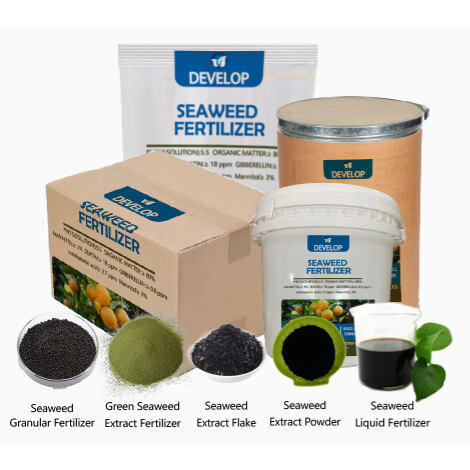Making sure your plants have the right nutrients is a crucial part of having a big, healthy plants. Below are five wise tips on how you can increase your crop and help your plant grow better!
Optimize your plant's growth with MAXIMIZE.
It’s easy to understand how plants grow when you know that they need nutrients to do so, and that’s just like how we need food to be healthy. One way to make sure that your plants are receiving the right level of nutrients is through improving their nutrient uptake. That involves ensuring that the plants are able to absorb all the nutrients they can from soil. There are a number of ways to do this, but one is to ensure the soil has the correct pH balance. You can check your soil’s pH with a basic kit from your garden center. If your soil is too acidic or too alkaline, you can incorporate materials like lime or sulfur to nudge the pH another way. This will allow your plants to take up more nutrients and grow healthier.
Using precision farming for efficient application of fertilisers
It's a fancy way of saying you can use technology to be more efficient with your fertilizers. Rather than simply spreading fertilizer across your field, with precision farming you can apply the fertilizer only where it is necessary. This means you’ll be saving on expensive fertilizer while also ensuring your plants get the nutrients they need. One way to this is to use GPS technology to map out your field and find out where the fertilizer needs to go. This will ensure that each plant is receiving the proper amount of fertilizer.
Optimizing Growth Through Nitrogen, Phosphorus, and Potassium concentration.
Plants need three major nutrients to grow: nitrogen, phosphorus and potassium. Each nutrient contributes in a unique way to help plants get big and strong. Plants use nitrogen to produce the proteins they need to grow, phosphorus to develop the roots they need to thrive and potassium for general plant health. It is important to ensure that your plants are receiving the proper equilibrium of these nutrients. An excess or deficiency of any single nutrient can be bad news for your plants. You can test a soil with a soil test kit for nitrogen, phosphorus, and potassium levels. If you’re missing any of them, you can supplement with a fertilizer that includes that nutrient to fill in the gap.
The Gain from Adding Organic Material for Soil Fertility
One way to make your soil more fertile is to add organic material into the soil. Organic matter is things like compost, manure and cover crops. These materials contribute nutrients to the soil and increase soil structure” (COE, 2008). When you add organic material to your soil, you’re providing plants with something they can grow on — an organic source of nutrients. Organic matter also contributes to water retention in the soil, meaning that your plants will be more likely to survive dry spells. With a little effort, you can help your plants grow better and yield a better crop.
Soil-moisture check Could boost fertilizer efficiency
Plants, like we do, need water to live. For intermediate gardenersMonitoring soil moisture is crucial, as it helps you ensure that your plants are receiving the water they need. If the soil is too dry, your plants won’t be able to pull the nutrients from the soil, despite whether you’re adding fertilizer. When you have wet soil, your plants might not be able to gather enough oxygen from the atmosphere to grow. Soil moisture can be tracked with a soil moisture meter or by checking the soil with your hands; the decision is yours. If the soil is dry, your plants need water. It allows you to ensure that your plants are receiving the correct amount of water and nutrients needed for growth.
Bottom line: Water Shock(SDIC) Adopt these five smart moves for fertilizing and take your plants to hotel-health levels. Don’t forget to consider nutrient availability and take steps to achieve maximum nutrient utilization, practice precision agriculture and balance N, P and K, add organic materials and monitor soil moisture. And great job on having an awesome harvest and growing season by managing your plans and giving them the nutrients needed to grow.

 EN
EN








































